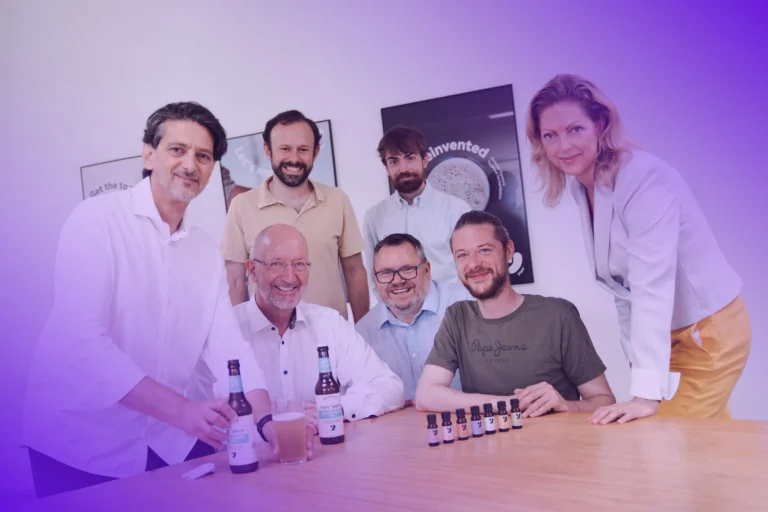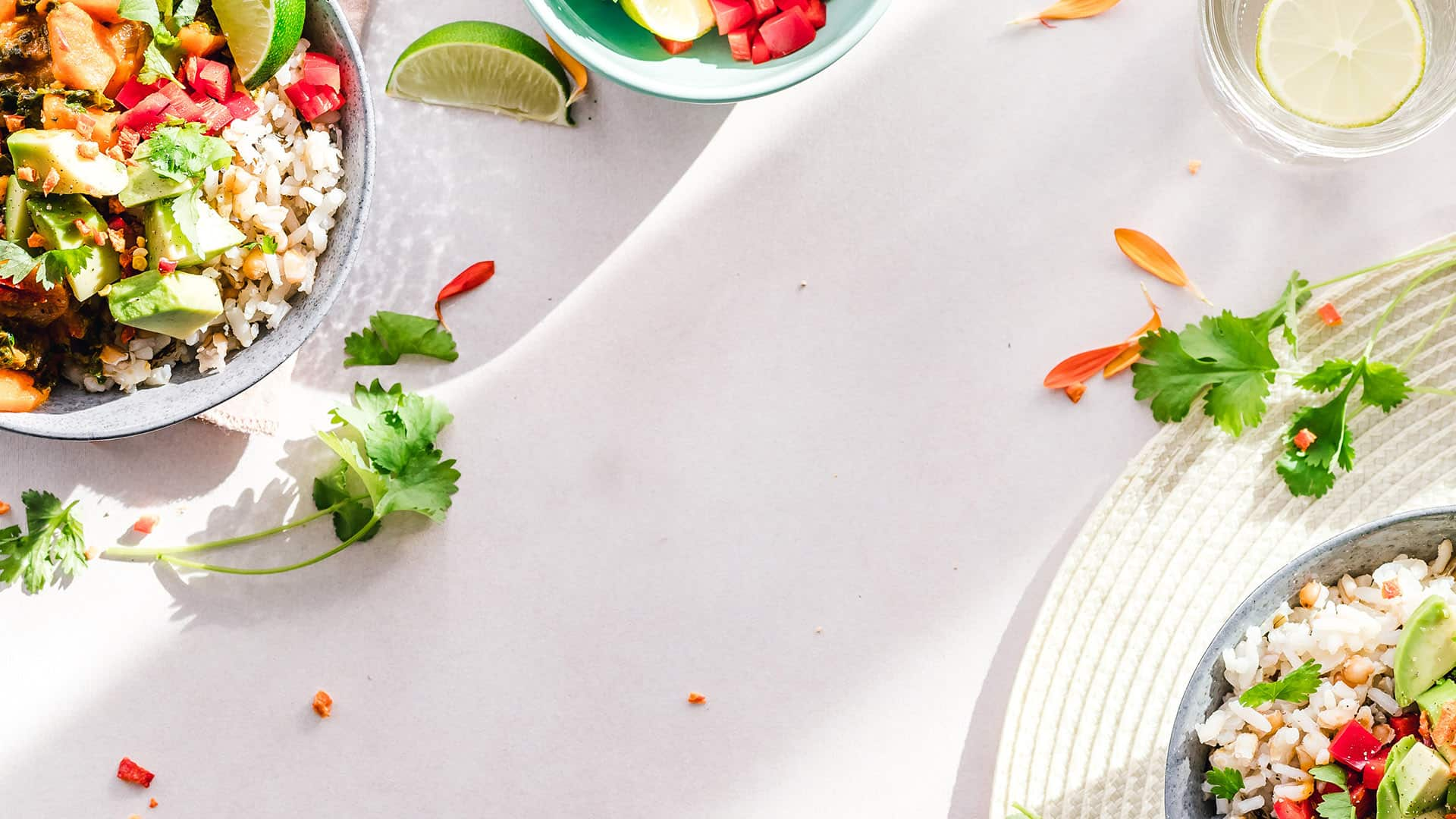

FPP Amsterdam 2025 Speaker Exclusive: Beyond compliance – Julia Martin on why protein diversification is the missing climate lever
Julia Martin of 3Keel argues that protein diversification is an overlooked climate tool – and a key to building resilient, deforestation-free supply chains
Julia Martin’s workdays are not for the easily distracted. As a Senior Consultant in 3Keel’s Commodity Supply Chains division, she oscillates between deep dives into soy supply chain data, discovery calls with clients, and decoding the latest research on protein diversification. She balances two distinct priorities: on one side, helping major food manufacturers and retailers strip deforestation risk out of their commodity sourcing; on the other, embedding protein diversification into sustainability strategies.
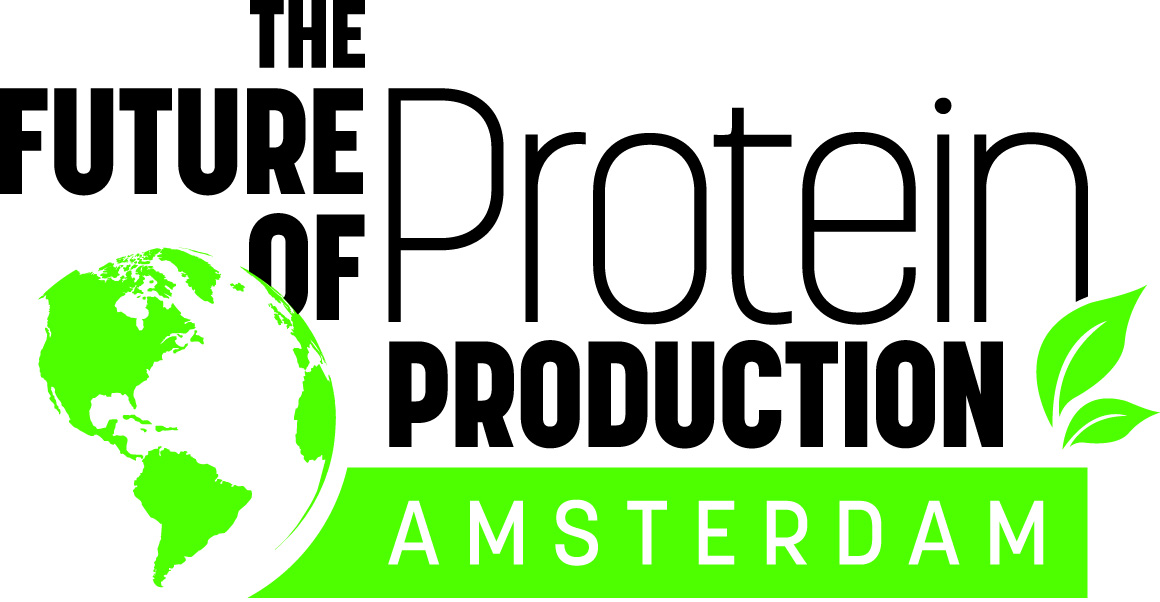
“It’s very varied and purposeful,” she says. “I’m also working with innovative food companies to build robust cases for sustainability, with NGOs and academic partners in the mix to bridge the gap between theoretical models and industry realities. It’s about making sure sustainability plans are not just visionary, but actionable.”
She sees strategic integration of sustainability goals as a key opportunity for further growth within the agri-food sector. While sustainability has become an inescapable corporate talking point, Martin thinks there are still companies working on a reactive basis. “We sense there are companies out there reacting to immediate regulatory changes in a short-term horizon. By comparison, the leaders have truly ambitious strategies that go well beyond regulation, and are deeply integrated in the long-term horizons. They’re looking across all commodity supply chains – not just soy and palm – and including emissions, deforestation, nature, and farmer transition support into cohesive, data-driven plans.”
The payoff for those trailblazers is not just reducing their environmental impact. “When you create and implement a data-driven strategy, you’re also building resilience,” Martin notes. “You strengthen stakeholder relationships, gain a better understanding of your supply risks, and develop adaptability. And that's a competitive advantage.”
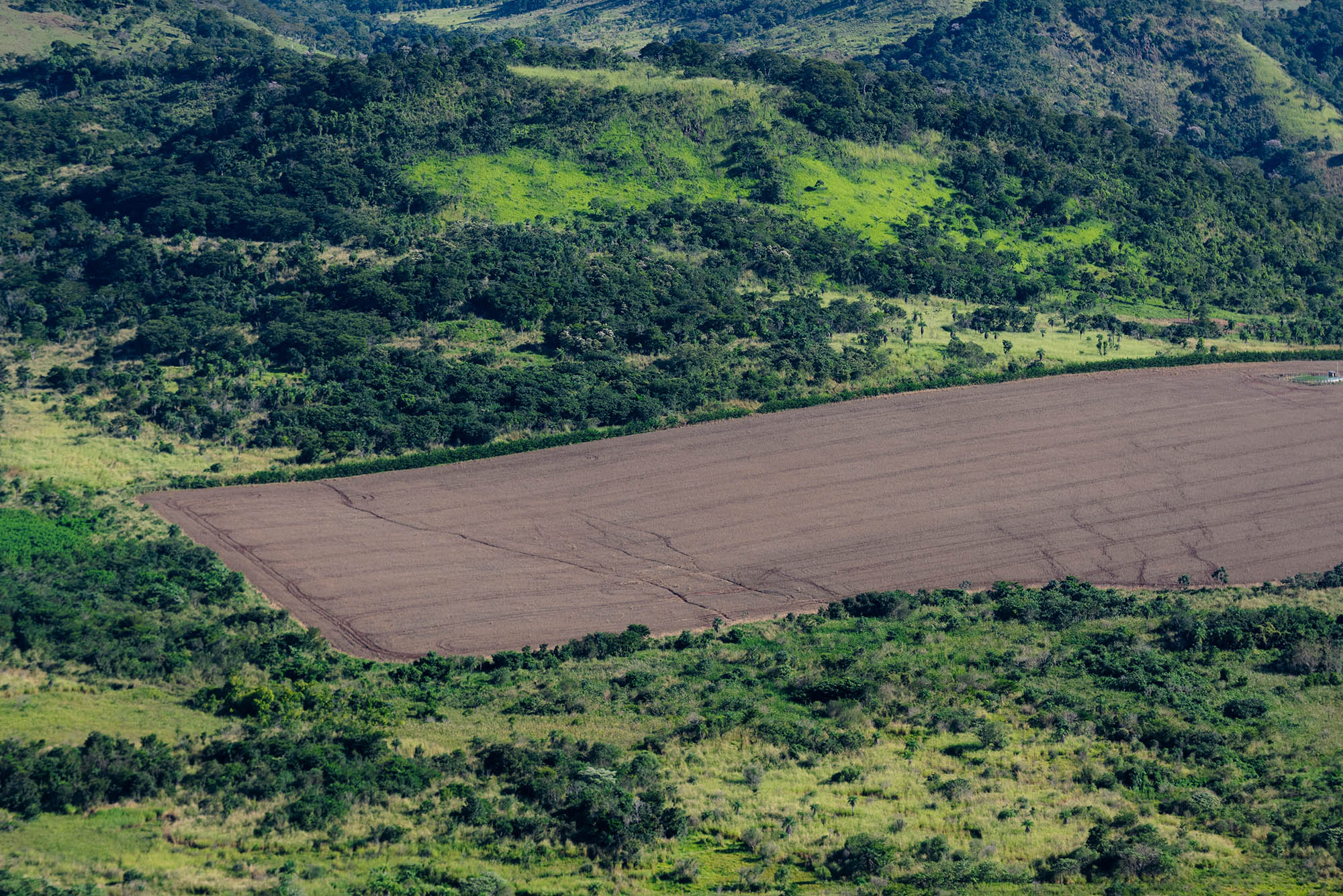
Protein diversification as climate infrastructure
Martin will speak at The Future of Protein Production Amsterdam (29-30 October 2025) and will weigh in on a topic she feels is still underestimated: protein diversification as a corporate sustainability lever.
“I genuinely think protein diversification is underrated as a climate, biodiversity, and restoration tool,” she says. “There’s a monumental untapped opportunity in making it more central in our food systems.”
The principle is simple but transformative: diversify the sources of protein in food and feed, reducing reliance on a narrow set of foods from a few high-risk geographies. “We cannot continue relying on a handful of commodities to feed a growing global population,” she warns. By 2030, she envisions protein supply chains that draw from a much broader mix of crops and production methods, balancing nutrition with environmental impact.
Retailers and manufacturers tracking their ‘protein splits’ and setting formal commitments are, in her view, ahead of the curve. “That’s where resilience starts,” Martin continues. “And I am keen to help further develop the space.”
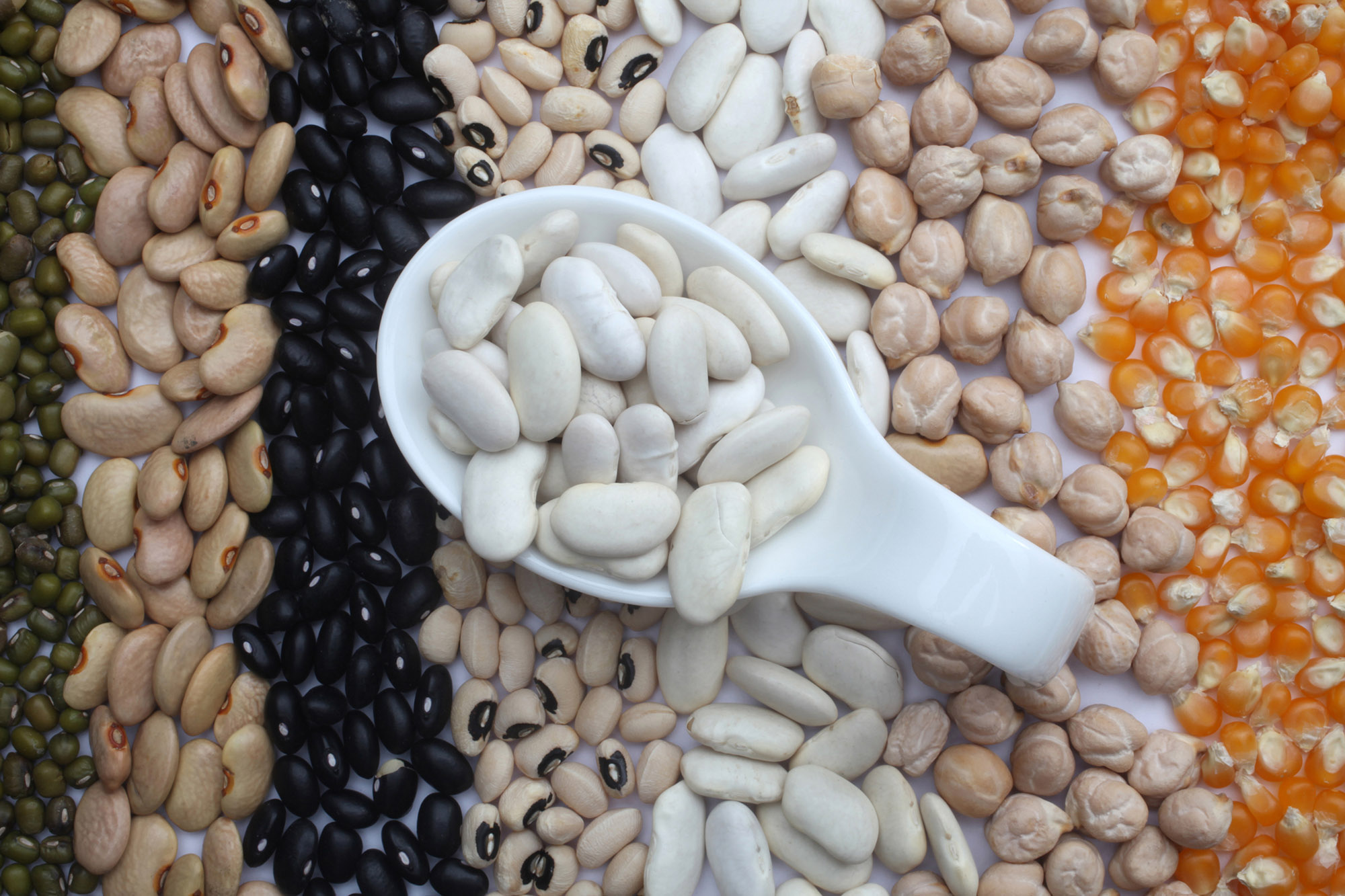
Resilience isn’t luck – it’s design
If climate volatility and geopolitical tension have taught supply chain directors anything, it’s that resilience can’t be improvised. The leaders Martin works with are winning in four key areas: systems, data, stakeholder relations, and long-term integration.
“They’re upgrading internal systems to support sustainability commitments and enabling cross-functional collaboration,” she explains. “They’re building data platforms to truly understand the supply chain of each key commodity. They’re engaging and educating suppliers, which strengthens relationships. And they’re integrating sustainability into their long-term strategies, so it’s not just about compliance or headlines.”
This is what differentiates businesses that survive disruption from those that scramble to adapt.
Diversified supply chains will be the most resilient in the uncertain future ahead of us
Regulation as a catalyst – but not the finish line
Europe’s regulatory push is forcing change, whether companies are ready or not. The EU Deforestation Regulation (EUDR) will apply to large and medium-sized companies from 30 December 2025, and to small and micro-enterprises from 30 June 2026. Martin says industry leaders have been preparing for more than a year - mapping supply chains, collecting data, and strengthening supplier relationships. But she sees a wide gap between those leaders and the rest.
“The companies that have been investing in preparedness and risk mitigation will have light-years of advantage,” she says.
Meanwhile, the Corporate Sustainability Reporting Directive (CSRD) has shifted ESG reporting from voluntary to mandatory. “It’s not perfect, but it’s a meaningful step forward,” Martin says. “Europe is showing leadership on corporate disclosure, and that can have a global influence.”
One risk, however, is that smaller suppliers could be left behind. “However, adaptation doesn’t need to be resource intensive,” she stresses. “The key is coordinating, upskilling, and creating clear roadmaps that can be followed. In fact, at 3Keel we encourage pre-competitive collaboration to harmonise tools across sectors - this helps reduce the burden for smaller suppliers”
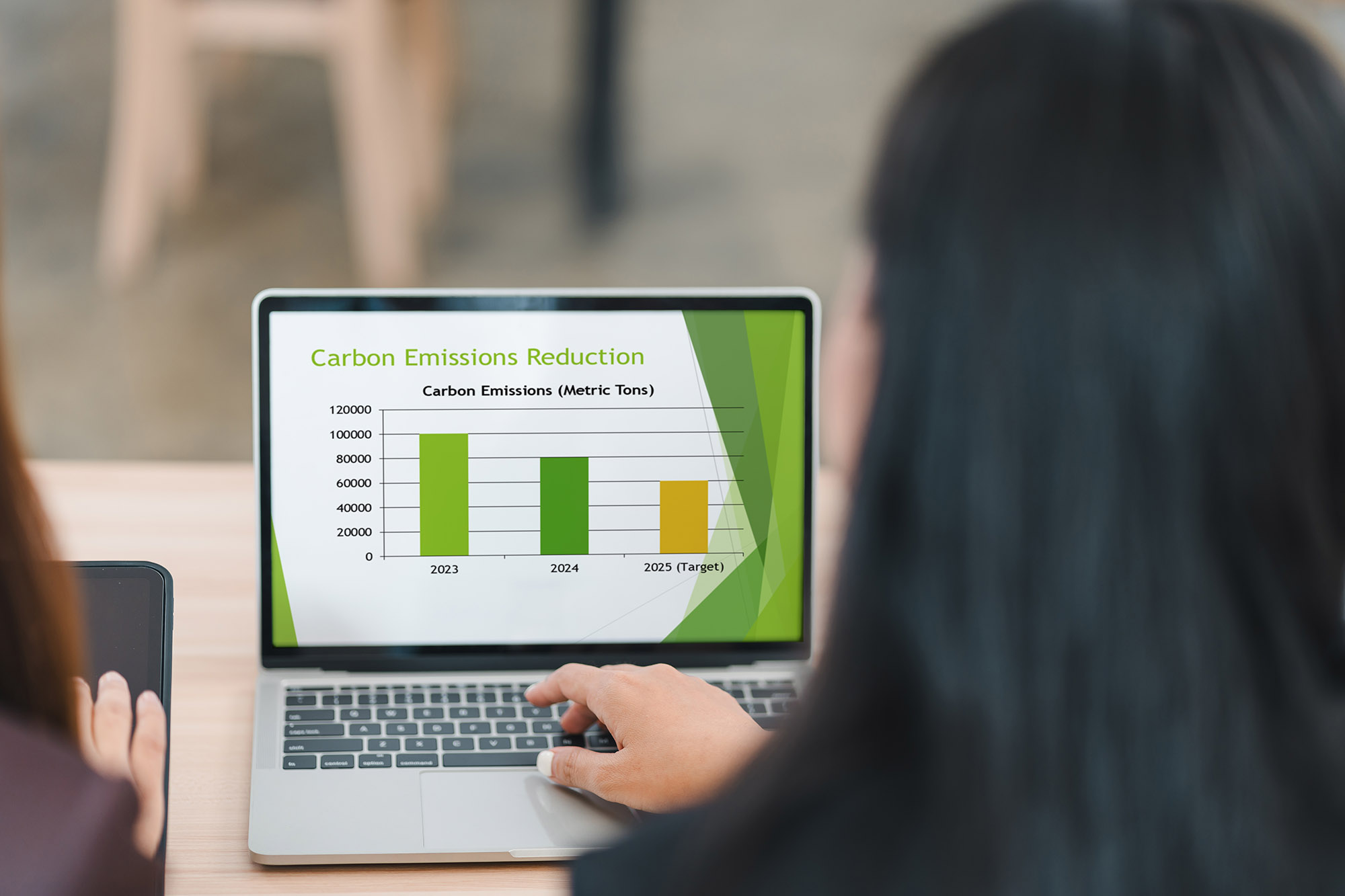
The soy behind the burger
When it comes to invisible land use risks, Martin points to a persistent blind spot: soy embedded in animal protein production. “It’s a big contributor to land conversion in regions like South America,” she says. “And yet it’s still under-addressed and polarizing in the food industry.”
Land use is finally gaining more attention in corporate climate plans, partly thanks to the EUDR. But mapping these impacts is still a major challenge in today’s interconnected supply chains. “More ambition is needed, particularly in finding effective ways for corporate actors to support sustainability transitions in producer countries,” she says.
For protein-heavy companies, Martin’s prescription for real emissions reduction starts with mapping embedded soy supply chains – covering everything from eggs, to dairy, to meat – and then collaborating with producers to mitigate and diversify.
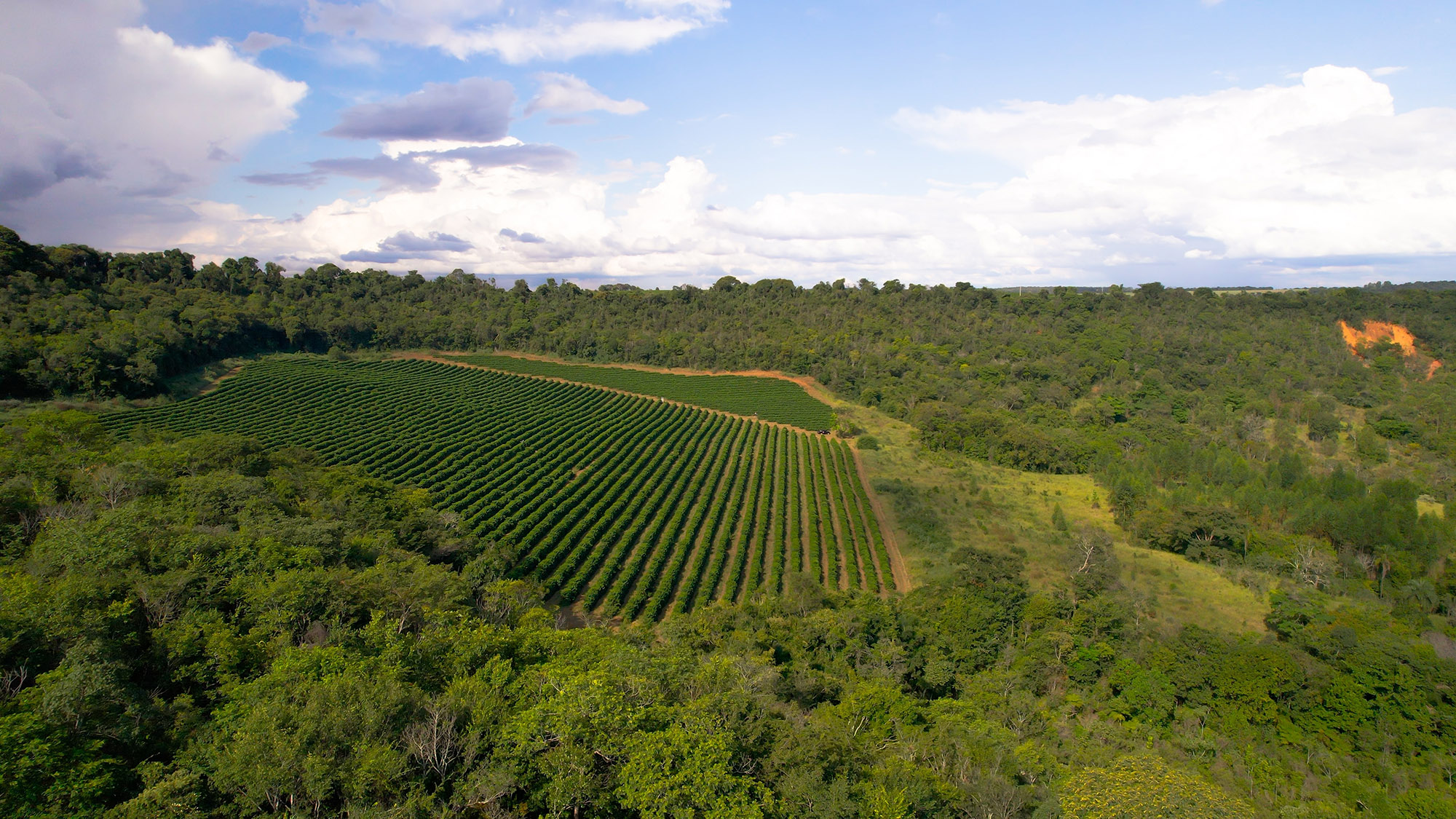
Cellular agriculture needs a hard data wake-up call
Martin also sees a gap in how the emerging cellular agriculture sector presents itself to major food players. “Cell ag companies have rightly focused on solving hard technical problems like yield and scaleup,” she says. “But I’m not sure they’ve always succeeded in aligning with the most pressing problems of global-scale food manufacturers.”
Her advice? Prioritize hard data on deforestation, emissions, soil health, and water usage. “It’s hard to ‘glass-ball’ these dimensions while processes are still in development, but it’s critical for future integration into the food system.”
On whether cellular agriculture is worth the investment, Martin rejects the idea of treating it as a ‘climate hedge’. “I believe in diversification,” she says. “Future leaders will be the ones who support cellular agriculture and plant protein and reformulation and deforestation-free supply chains.”
A single piece of advice
If she had to distil her message to one action point for retailers or manufacturers, it would be this. “Diversified supply chains will be the most resilient in the uncertain future ahead of us, and we need to take action today. Put systems in place, own your data, understand your risks, and be bold in exploring new technologies and formulations.”
As for Amsterdam in October, she’s looking forward to the collisions of ideas that happen when NGOs, academics, startups, and multinationals share a stage. “It’s going to be some exciting days,” she says.
Julia Martin is one of more than 100 speakers taking to the stage at The Future of Protein Production Amsterdam on 29/30 October 2025. To join her and more than 1,000 other attendees, book your conference ticket today and use the code, 'PPTI10', for an extra 10% discount on the current rate. Click here
(The views expressed in this interview are those of Julia Martin and do not necessarily reflect the official policy or position of 3Keel)
If you have any questions or would like to get in touch with us, please email info@futureofproteinproduction.com


-p-800.jpg)


